A new exhibit recently opened in Berlin giving visitors the chance to experience a life-size model of the bunker in which Hitler killed himself in 1945.
Just last year, when a new annotated version Mein Kampf was released it sold out in weeks. In total 85,000 copies were sold in Germany last year. Quite clearly: Hitler sells.
Curiosity or exploitation?
Getting a better look at the dark, horrible and infamous events that have happened throughout human history aren’t abnormal. Why do you think there are “torture museums” in many of Europe’s medieval cities? We watch horror movies by the millions and how many times have you been caught in traffic only to see that the cars are slowing down to see what happened in the accident on the other side of the highway. It’s human nature to be curious about suffering, violence and the like.
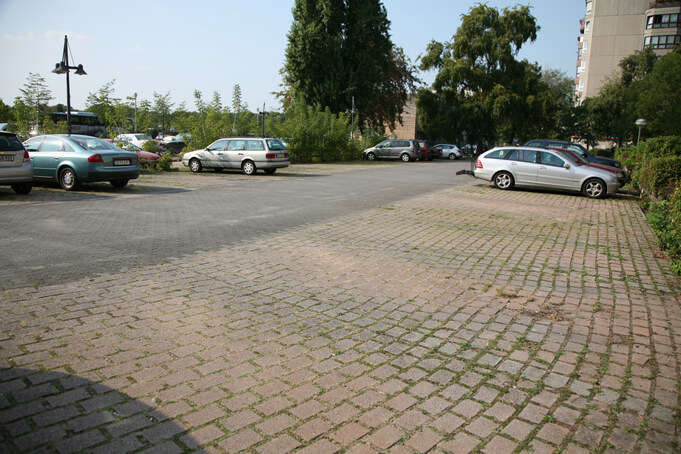
In Berlin (and Germany in general) they’ve taken a somber approach to the Nazi past, opting to put it out of sight. Many landmarks from the Nazi period were demolished and covered with something as bland as a parking lot. In fact, the actual spot where Hitler’s bunker was originally located is a parking lot with a tiny sign indicating it’s horrific past.
The “new” bunker has been opened by Historiale, a commercial company which also runs the Berlin Story Museum located next door. Wieland Gabel from Berlin Story says that the new museum is intended to give tourists a closer look into the city’s past.
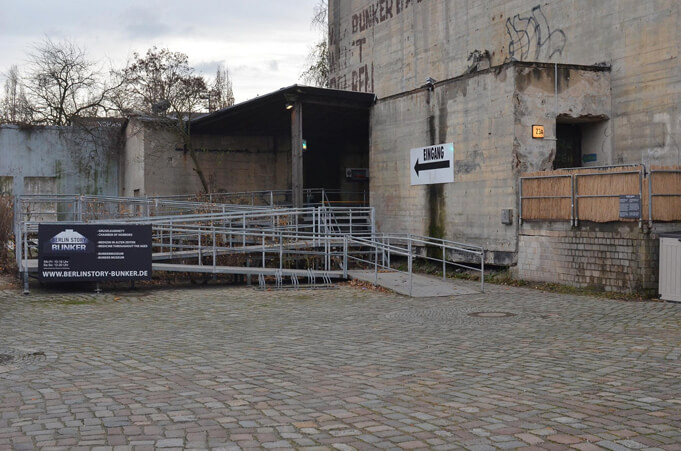
Historians from the state-funded Topography of Terror, for example, are disturbed by Mr. Gabel’s venture. They question what are the intentions, perhaps exploitation of the well-known fact that yes, indeed, Hitler sells. This is especially reinforced by the pack that the “Hitler bunker” charges an entry fee while the ToT does not. The tour lasts approximately 90 minutes and costs 12 euros.
“These revivals of National Socialist situations are a little unsettling”
Stefanie Endlich, a professor at the University of the Arts in Berlin and an expert on Nazi art is also disturbed by the renewed public interest. “These revivals of National Socialist situations are a little unsettling,” says Endlich
This feeling is echoed by Ofer Ashkenazi, a professor at the Hebrew University according to an interview with Reuters. When being asked about the release of an annotated version of Mein Kampf, Ashkenazi feels that especially with the rise of anti-immigrant sentiment, we should be concerned with the popularity of the Nazi era.
“Yes, I believe we should be concerned. One of the things about the new addition is that in a certain way it legitimized the reading of the book. People read it before, and people who read it know that it is not very readable; it is not a very interesting book. But it was always something that people – outside of the neo-Nazi circles – we’re not proud of, or would not share that, but now it has been in a way legitimized,” says Ashkenazi.
He continues: “And there is this danger with the new atmosphere: the anti-refugees and anti-immigration atmosphere that we see everywhere in the world and we also see in Germany. If people take it as some kind of a prophecy, and a legitimization of acting toward the immigrants and toward other outsiders with violence and other means.”
“I think it’s important to know the ideas and see where they come from. If we close our eyes, it doesn’t mean that it’s no longer there.”


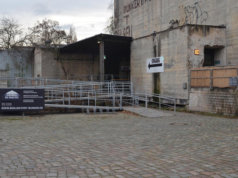
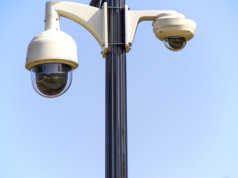








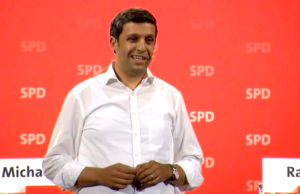
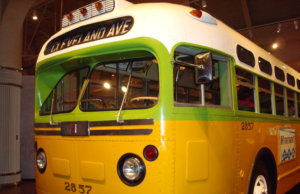



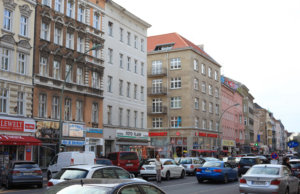



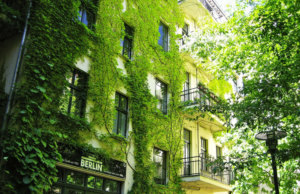
To bad that they didn’t burn all of these books from Hitler!
Comments are closed.